Educational Assistance Programs: Know the Details
August 12, 2024
According to the IRS, an educational assistance program is an employer's separate written plan for the exclusive benefit of its employees — to provide them with educational assistance. Tax-free educational assistance benefits include payments for tuition, fees and similar expenses, books, supplies, and equipment. The payments may be for either undergraduate- or graduate-level courses.
Employers and employees have often assumed they have to prove the education is immediately relevant to the job, but this isn't true: The IRS explains that the payments do not have to be for work-related courses.
What are the financial breaks?
Both the companies and employees get a tax break from educational assistance programs. Workers can exclude certain educational assistance benefits from their gross income. That is, they won't have to pay any tax on the amount of benefits up to $5,250 per calendar year. Their employer will not include these benefits with employee wages, tips and other compensation shown in Box 1 of Form W-2. (However, this cuts both ways: Employees cannot use any of the tax-free education expenses as the basis for any other deduction or credit, including the lifetime learning credit.)
As for the employers, amounts they pay under a Section 127 educational assistance program are generally deductible as a business expense under Section 162.
Covered costs include payments for tuition, fees and similar expenses, books, supplies, and equipment. Excluded are expenses such as meals, lodging or transportation. Tools or supplies (other than textbooks) that you can keep after completing the course of instruction are also excluded. For example, educational assistance cannot cover payments for a laptop that you keep.
Employers must be careful not to discriminate. For example, while shareholders and owners may receive educational assistance, not more than 5% of the amounts paid or incurred by the employer for educational assistance during the year may be provided for the class of individuals who are shareholders or owners. In general, the plan cannot discriminate in favor of highly compensated employees.
Don't forget student loans
A great but little-known benefit of these programs is that they cover student loans. The IRS explains that tax-free educational assistance benefits also include principal or interest payments on qualified education loans. Section 127 requires that such loans be incurred by the employee for the education of the employee and not for the education of a family member such as a spouse or dependent. These payments must be made by the employer after March 27, 2020, and before January 1, 2026, although it's possible future legislation will extend this.
To make it easy, the payments of any qualified education loan can be made directly to a third party, such as an educational provider or loan servicer, or directly to the employee, and it does not matter when the qualified education loan was incurred.
There's more to know about Section 127 programs. Business owners should consult recent guidance as well as financial and human resource professionals well versed in these offerings.
Source: Industry Newsletters ©2024


.png)



